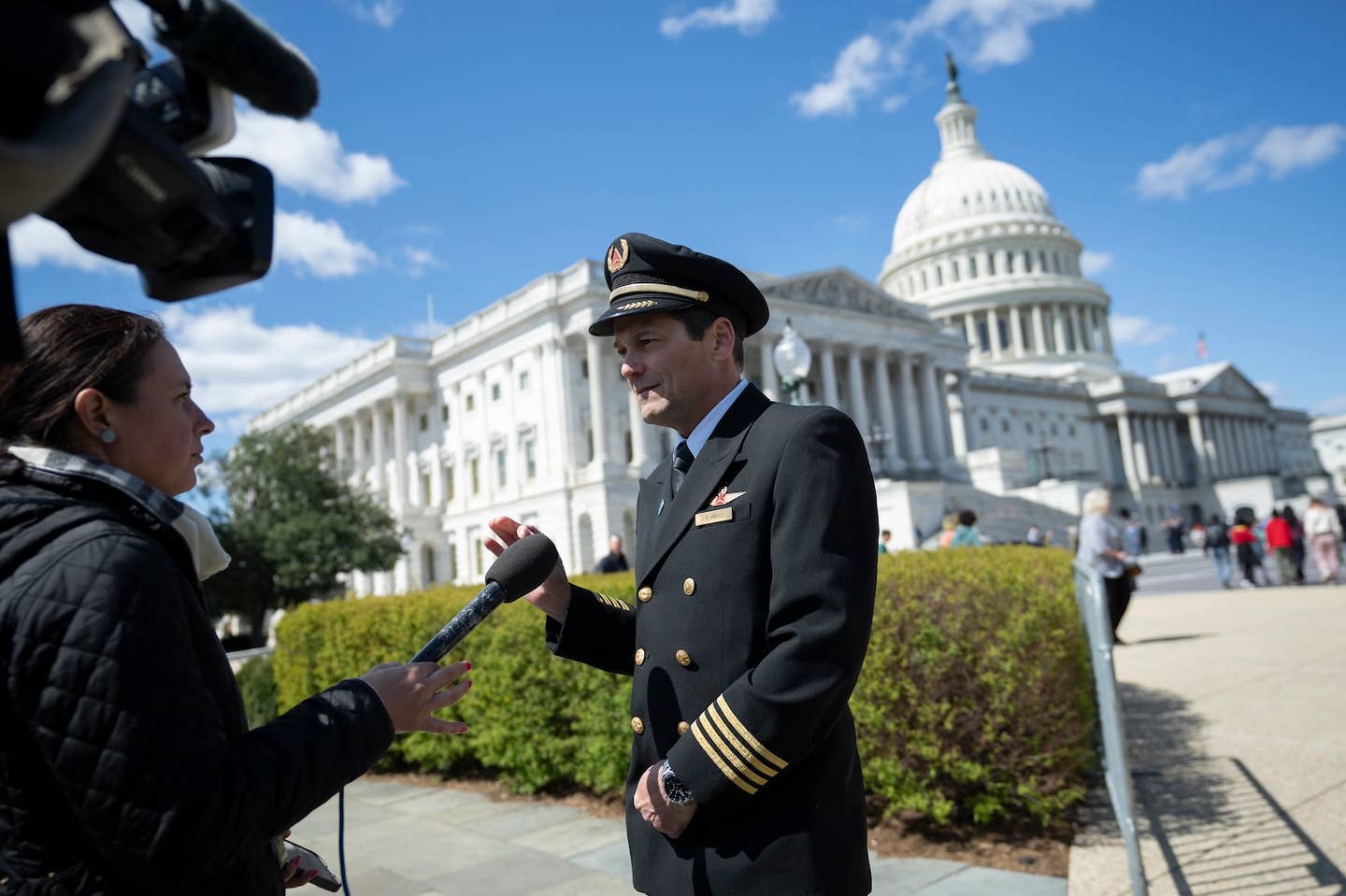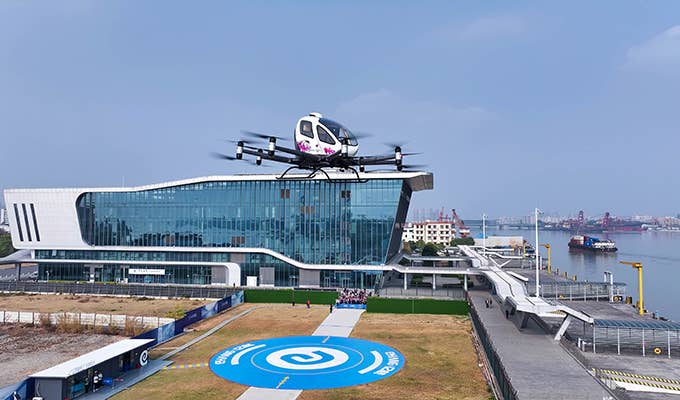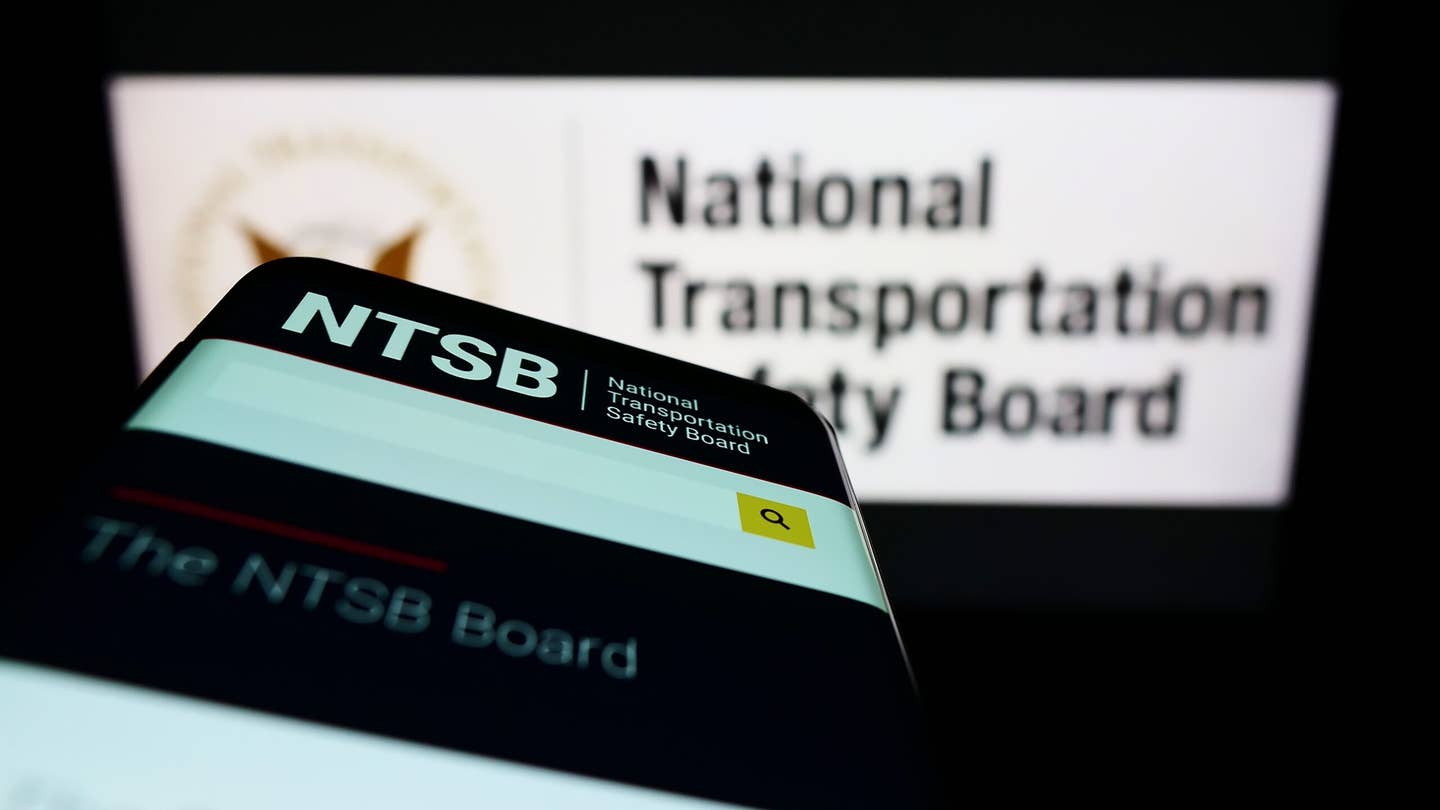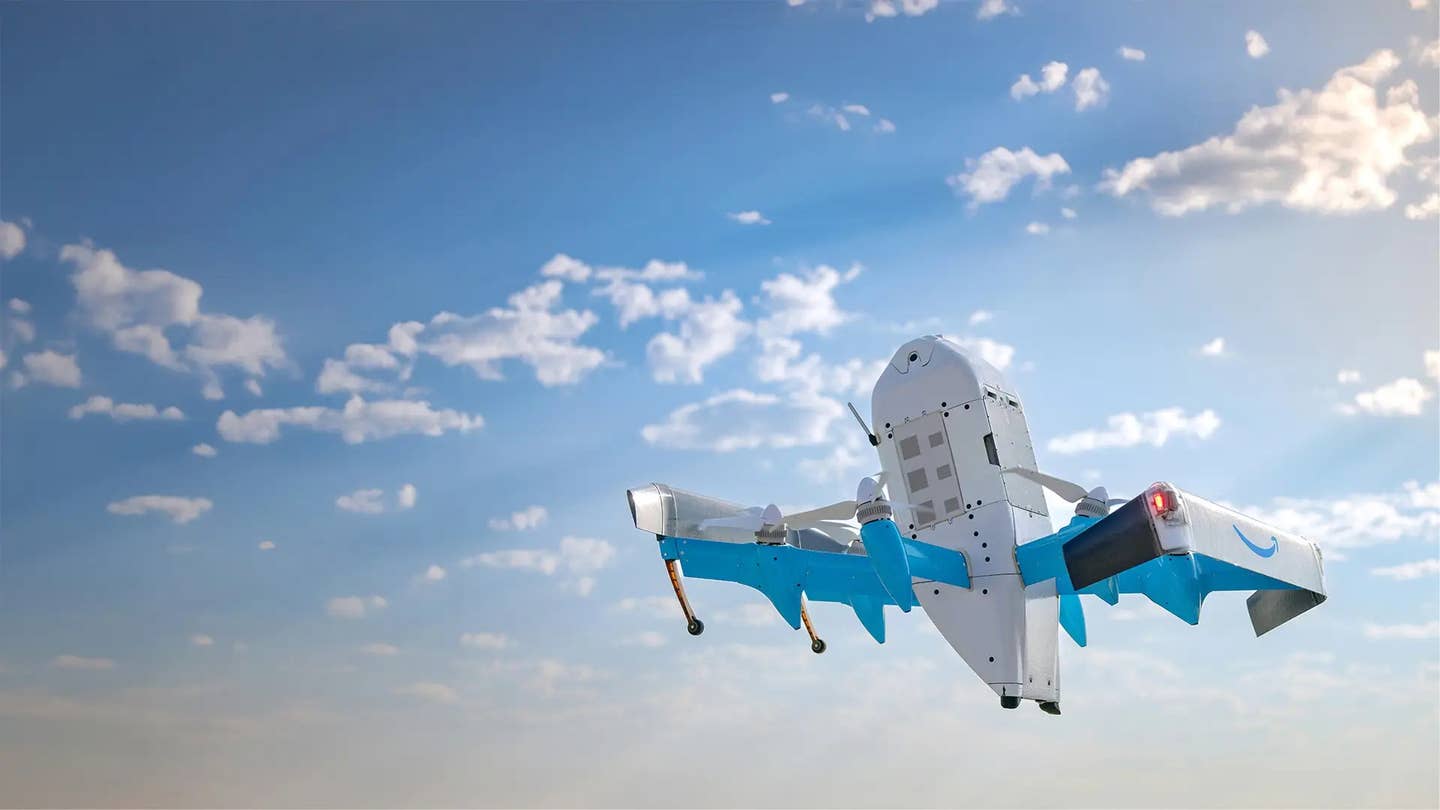NTSB Issues Warning of Prop Lock Out on Multiengine Aircraft
In a new safety alert, the agency advises pilots to train for partial as well as full power loss in multiengine piston aircraft.
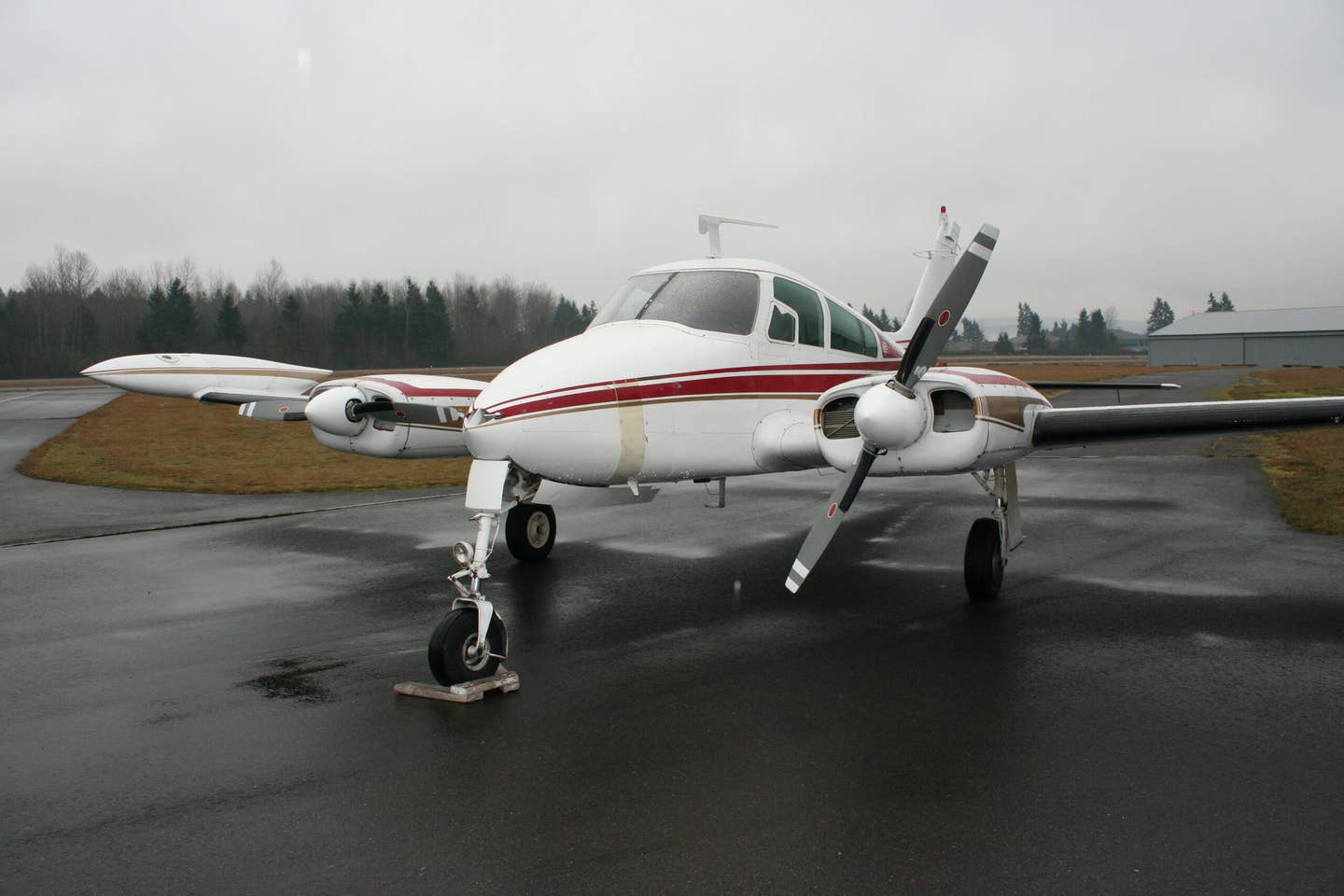
NTSB issued a safety alert warning pilots to train for partial as well as full power loss in multiengine piston aircraft. [Courtesy: Meg Godlewski]
The National Transportation Safety Board (NTSB) is taking a closer look at accidents involving single-engine power loss in multiengine airplanes.
The agency has released Safety Alert SA091, which warns pilots to train for partial as well as full power loss in multiengine piston aircraft.
According to the NTSB, the safety alert was issued because of recent significant multiengine accidents attributed to a loss of control stemming from the pilots’ failure to properly manage the propeller on the engine that lost power.
The problem, according to the NTSB alert, is that there is a gap between training for full engine power loss and partial loss, as pilots can improperly manage a partial loss of power leading to an increased risk of loss of control.
"Constant-speed, manually feathering propellers on multiengine aircraft are equipped with mechanisms called start locks that keep propeller blades from going into feather position during a normal engine shutdown on the ground, thus making it easier to start the engine with the propeller blades at a low pitch blade angle," NTSB said. "These locks’ centrifugal latches disengage when the propeller is spinning above a certain rpm. However, start locks can engage in flight if the propeller’s rpm drops below this critical threshold."
Chapter 13 of the FAA's Airplane Flying Handbook (FAA-H-8083-3C) outlines multiengine operations: "In a multiengine airplane, loss of thrust from one engine affects both performance and control. The most obvious problem is the loss of 50 percent of power, which reduces climb performance 80 to 90 percent."
The loss of engine power on one side creates asymmetrical thrust, similar to the way a rowboat with one of the oars turned sideways results in asymmetrical thrust.
When held so the large flat part of the oar is facing forward and moved through the water, the oar can generate a lot of forward motion (thrust). But if one of the oars remains static and in the water while the other continues to generate thrust, the rowboat can go out of control because the nonmoving oar is generating drag. Rotating the nonmoving oar so the thin side of the oar is facing forward creates feathering and the lowest profile into the water. In the case of the aircraft, the relative wind generates less drag, allowing for more controllability.
The NTSB noted that while feathering the propeller of an engine that has lost power is a recommended practice, pilots are reminded that once the propeller rpm decreases below the speed at which the start locks engage, the pilot will not be able to feather the propeller, which can lead to drag that results a loss of control.
The safety alert reminded pilots that twin-engine aircraft certified under Part 23 are not required to provide a positive climb rate with one engine inoperative, although they do have a published "minimum controllable airspeed."
"Because the minimum control speed for an airplane with one engine inoperative is determined with the propeller windmilling, timely feathering increases your controllability margin beyond certificated performance," the safety alert said.
During training, multiengine pilots are warned that single-engine operations consist of maintaining aircraft control and attempting to troubleshoot and restore engine power while simultaneously drifting down toward an emergency landing site because very few light twin trainers can climb on one engine.
Several accidents have been attributed to a loss of control due to the start locks engaging before the propeller could be placed into feather, resulting in a loss of control, NTSB said.
The NTSB recommended pilots review and practice manufacturer procedures for engine failure, including partial power loss in addition to complete engine failure. Pilots should know the rpm below which feathering the propeller is not possible.
Engine power loss scenarios should be practiced in the air or in simulator training sessions so that the pilot's actions will be correct and timely.
When conducting pre-takeoff checks, the pilot should be sure all engine controls, including the propeller feathering mechanisms, are functioning normally.
Pilots should discuss and brief what procedures to follow when there is a loss of engine power at a particular phase of flight, such as shortly after takeoff when the landing gear has been retracted or when the aircraft is in cruise above 3,000 feet or on approach.
And don't forget the multiengine pilot's mantra during engine power loss—"identify, verify, fix or feather." That means determining which engine has lost power, noting the nose yaws toward the the sick engine, verifying this theory by adjusting the throttle and looking at the gauges; fixing the issue by switching fuel tanks if able; and feathering the propeller to cut down on drag and maintain controllability.

Sign-up for newsletters & special offers!
Get the latest FLYING stories & special offers delivered directly to your inbox

